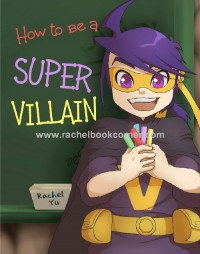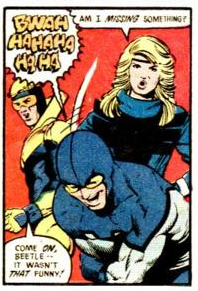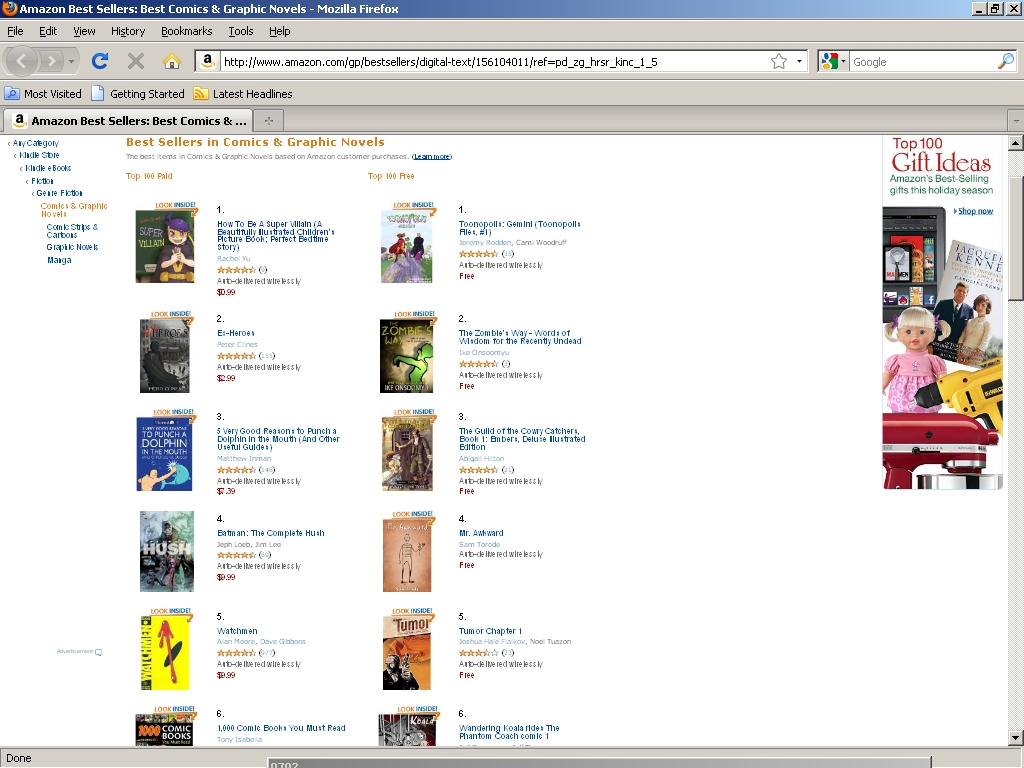.
In Commonwealth countries, the day after Christmas is known as Boxing Day, when servants and trades people were given boxes of gifts and bonuses by employers. In modern times, it is now a secular holiday, known in some parts of the world as the Second Christmas Day. Since it immediately follows Christmas, it long ago became the start of year-end clearances, and thus one of the biggest shopping days of the year. (When I worked on the front lines of retail, our Holiday season began the first Friday of November, and ended around the Martin Luther King Jr. holiday, with the clearance sale tapering off into February.)
But now, with various devices which can access the Internet 24/7, another shopping day has become popular: Christmas Day. I don’t think anyone has coined a clever term yet, so I will: unBoxing Day. That is, specifically, the day people receive new electronic devices and gift cards, unbox them, and immediately go online to purchase content for those devices, which can include mp3 players, e-readers, tablets, laptops, cellphones, and computers.
How big is this new shopping day? IBM Coremetrics Benchmarking, via Forbes Magazine, reports on sales figures for Christmas Day 2011:
- Apple iPads accounted for 7% of sales, iPhones had 6.4%, and Android devices 5%, meaning that 18.4% of all online sales were from mobile devices. This does not include apps and such from app stores, but people using these devices to shop other websites. Last year’s stake: 8.4%, an increase of 117.8 percent
- Online sales grew 16.4% compared to Christmas Day 2010.
- “Mega-Monday” sales also exceeded those of last year.
Back when Amazon announced their exclusive agreement with DC Comics, people wondered how popular these titles would be. Would e-book graphic novels sell? I knew the big wave of users wouldn’t hit until Christmas Day, when a lot of people would get Kindle Fires as presents. Last year saw a surge of web traffic on Christmas Day as people eagerly downloaded e-books to e-readers, and I expected this year, with even more viewing options available on Kindles and Nooks, to be even more hectic. Of course, Amazon, Apple, and Barnes & Noble usually offer generalities when discussing sales and usage, so we won’t know for certain.
So, how are graphic novels selling on the Kindle Fire today?
Here’s the page. “Best Sellers in Comics & Graphic Novels”
Here’s a screen shot:
Since the resolution is gonna be awful, here are the top ten paid titles, with links from Amazon:
1. How To Be A Super Villain (A Beautifully Illustrated Children’s Picture Book; Perfect Bedtime Story) [Kindle Edition] ($0.99 , #623 overall)
2. Ex-Heroes [Kindle Edition] ($2.99 , #1,817)
3. 5 Very Good Reasons to Punch a Dolphin in the Mouth (And Other Useful Guides) [Kindle Edition] ($7.39 , #2,074)
4. Batman: The Complete Hush [Kindle Edition] ($9.99 , #2,279)
5. Watchmen [Kindle Edition] ($9.99 , #2,501)
6. 1,000 Comic Books You Must Read [Kindle Edition] ($13.49 , #3,150)
7. Batman: The Long Halloween [Kindle Edition] ($9.99 , #3,572)
8. Superman Earth One [Kindle Edition] ($9.99 , #3,596)
9. Anabella Giggles All Night! (I Love Anabella) [Kindle Edition] ($2.99, #3,645)
10. Ex-Patriots (Ex-Heroes Book 2) [Kindle Edition] ($9.99 , #3,869)
The number one book?


Ah… here it is! ☞☞☞
(Or, if you want a soundtrack, Cesar Romero hooting as the Joker.)
Sure, it’s only $0.99. But… it’s self-published. It’s a children’s picture book. It doesn’t have the marketing muscle (or the dedicated Amazon storefront) of DC Comics. No one in the comics industry knew about this title. A teen-age girl from nowhere, influenced by manga, is beating DC (and every other comics publisher) without hardly trying.
And, most important of all, she’s coming from the manga side of comics.
People have wondered about all those teenagers reading manga. Would they write and draw their own comics? Was it just a fad? How would that influx of new talent, some drawing since they were in grade school, affect the small press community? How would it affect the big publishers?
Well, here’s one answer. Rachel Yu has published nine titles in two years. She’s improving with every book, and she still has her high school career ahead of her. (Comics fans will remember another high school cartoonist who showed lots of promise.) She’s publishing her titles via Amazon’s CreateSpace and Amazon Digital Services, selling her titles direct to tablet owners. She’s having fun.
And… there are thousands of teenagers just like her. They’re making comics after school via the Comic Book Project. They’re making comics digitally, intuitively, copying their favorites (just like a lot of other comics professionals used to do in grade school), and making new stories, just like the comics circles in Japan making dōjinshis, and selling them cheaply. They’re raising the cartooning bar at art schools, entering with skills and talent not seen before. Will the U. S. see a Comiket-like event, drawing thousands of amateurs and hundreds of thousands of fans? Or will it just remain online, replicating the APA, mini-comic, and webcomic communities?
Will the “Twenteens” be the decade when digital comics explode, transforming the industry like graphic novels did in the “Aughties”? Time will tell, and I can’t wait to see what happens!






I’ve said it before in discussions about the future of e-comics (and comics in general), but I strongly suspect that the future will have more in common with how web-comics have developed in the last decade than with anything Marvel or DC decide to do.
These days, no one who is serious about making a career doing daily comics would consider the newspaper syndicates a viable route. It could very well be that in ten years Marvel and DC are viewed in the same light.
Is this sales or downloads? Because all Amazon Prime members can read How to Be a Super Villain for free, and all Kindle Fire owners get a one month trial for free, so she may not be getting much money from this at all, unfortunately.
Rachael Yu is a teenage disruptive force! She has no responsibility to keep comic shops going, and she has created her own category of kid-friendly comics that comic shops don’t carry. Her work exists in an entirely different universe from the comics we’ve known up to now. She makes the major comic companies look like marketing morons in a space they should’ve owned.
This further proof digital is no threat to comic shops: no one even knew her books existed except her fans.
And Torsten, once again your research makes for a great read!
How come “Us vs. Them” is always the story?
How is this Us v Them? I read the story as a pretty cool thing where a 14 year old young woman who loves comics made her own comic and is kicking ass. Is it Us v Them because she’s kicking DC’s ass and they signed an exclusive deal with Amazon for the Fire? Cuz if so, I can’t get behind that. How can it not be cool that a young woman made a book on her own and is finding some success?
The article says she’s “beating DC” & that “most important of all, she’s coming from the manga side of comics.” I’m betting this kid (like pretty much every kid) doesn’t care about DC & doesn’t have a goal of “beating” anyone by putting her work out there. And I never knew their were “sides” in comics, let alone a “manga” one.
The takeaway here is that there’s a great new outlet for creators to get their work directly to readers & earn the profits from their work. That’s really a great thing.
I think we can celebrate whatever success she has without worrying about the “mainstream” dinosaurs.
To figure out how an unknown managed to outsell huge publishers, all you have to do is look at her title. All of those other books will show up in searches for their actual titles and little more. She shows up in searches for bedtime stories, illustrations, children, picture books, and who knows what combinations. That long, descriptive title (something I’m pretty sure you can only do when self publishing) is very well planned out.
DC isn’t “us” unless you like creepy rape comics.
Amazon can sponsor a free promotion for their kindle but that doesn’t necessarily mean they get to give creators’ works away for free. Just like “real” books, they still have to pay for them.
Of course, what’s really important is that my book is beating Marvel and all but two DC books. :)
Yup, Tony, I noticed that too! Congrats!
Maybe your next book should be “1001 Comics You Should Read At Bedtime”!
(And aside from some Public Domain scans, I don’t see ANY Marvel comics available as e-books! Are they exclusive with the Nook?)
Thanks, Torsten. If I do a sequel, probably for a different publisher, I may not put any number in the title. Less pressure that way.
In any case, it’s years away.
This article is a bit silly, it just reads like a guy dancing on top of a grave of a man who’s currently alive and well.
A random title out sells a bunch of well known stuff, so what? Just for starters most of that well known stuff is decades old, were millions of people supposed to be out running to pick up kindle Watchmen?
The whole “manga style” thing comes off as a bit odd when stuff like Scott Pilgrim has been a huge seller for years. Besides that, people who are obviously very influenced by that style have been around drawing for a very long time, even in the DC and Marvel-verse, it’s already a common thing.
It’s a nice thing that a self published title is out there setting the digital world on fire, but lets be a little more down to Earth in it’s praise.
On a tangent – I’m surprised to see how many Public Domain comics are available via Amazon Prime – including the Fawcett Captain Marvel comics.
On a tangent – I’m surprised to see how many Public Domain comics are available via Amazon Prime – including the Fawcett Captain Marvel comics.
Wait, what? Please explain to me how I can enjoy that.